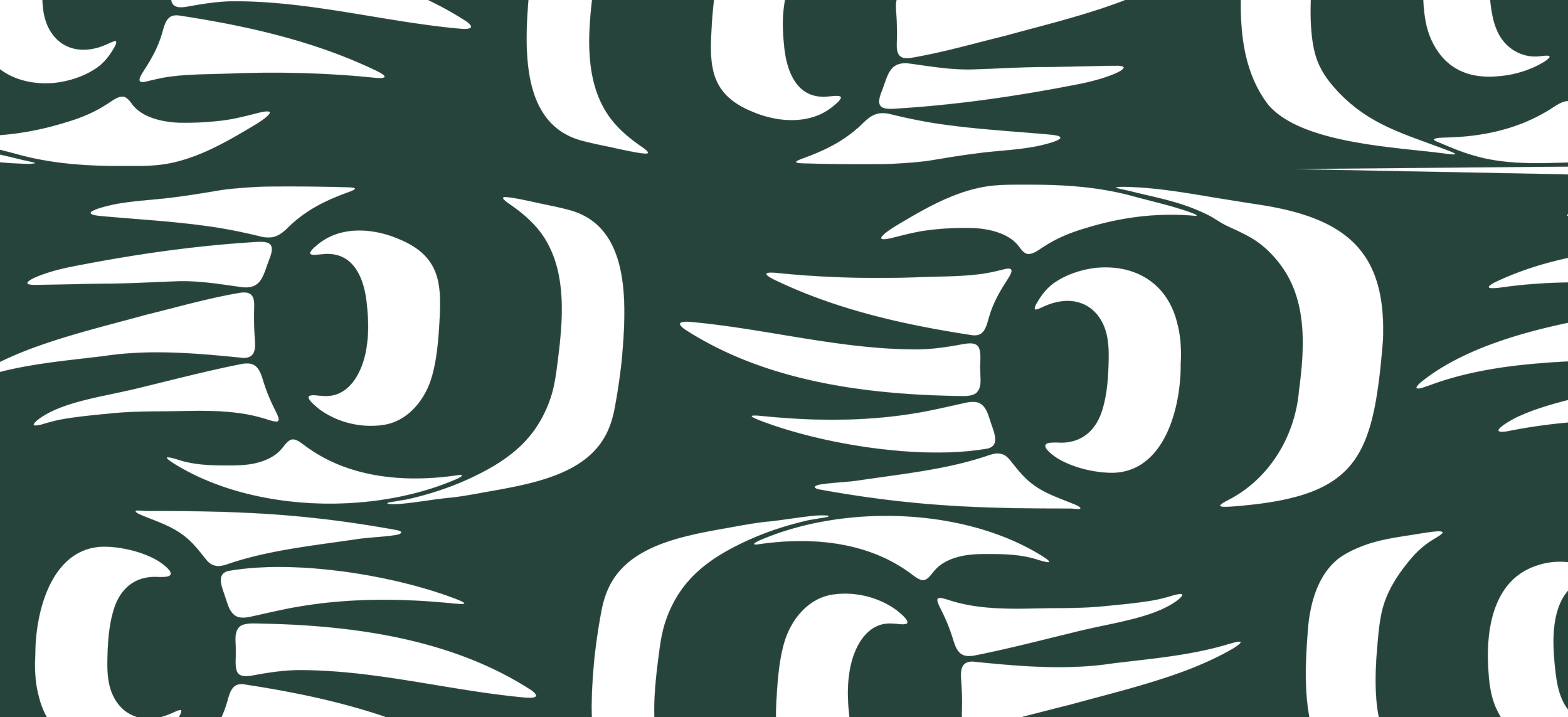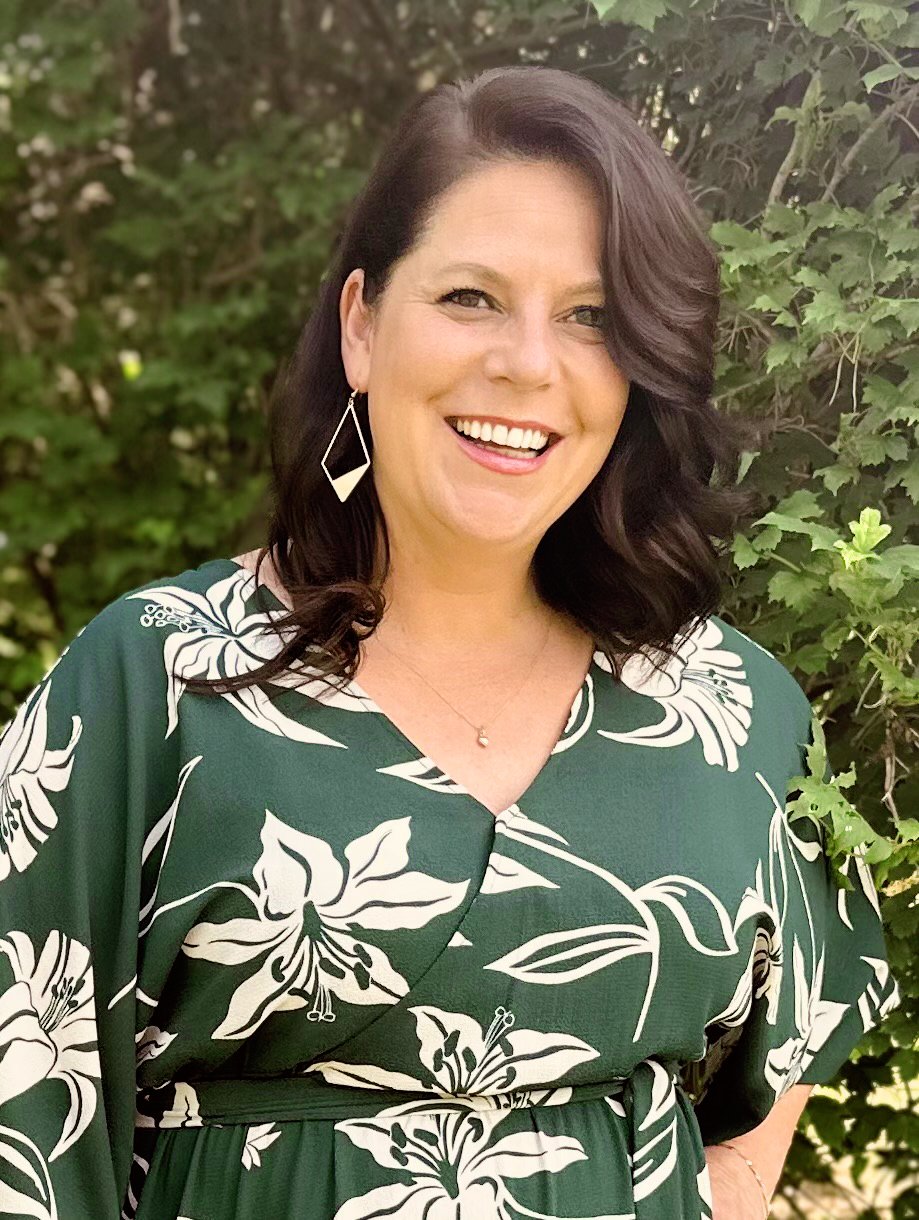About Us
About the Kwiakah Nation
The Kwiakah Nation is the smallest Nation in British Columbia, Canada, with less than 20 members led by munmuntle (Chief Steven Dick). Our core territory spans about 86,000 hectares in the Phillips Arm and Frederick Arm region—an hour’s boat ride from Campbell River on Vancouver Island. This area is home to at least three historical village sites (including Ṁaʔċēnox̄ and Xwix̌aw̓i), all five species of Pacific salmon, Roosevelt elk, nən (grizzly bear) and tÃï≈Ça'yi (black bear).
Though most of our community lives on Vancouver Island, a few of our members live in other parts of Canada and the world. As we revitalize our land and water and build an economy focused on conservation, more and more of our people have steadily been moving back to Campbell River. Steadily, we are coming home.
Our Nation originated from the Ligʷiłdaxʷ peoples (or Laich-Kwil-tach), which translates to “unkillable thing”. Within the Ligʷiłdaxʷ are three groups or “sister nations” today: the Kwiakah, the Wei Wai Kai, and the We Wai Kum. Though we remain closely connected by our language, history, and our shared ancestor, we respect each other’s autonomy and territory and often work on initiatives independently.
Protected Areas
Collaboratively and independently, we manage several conservancies and management areas to steward our lands for future generations and heal our territory.
Phillips Estuary/ᕈNacinuxᵂ Conservancy
1,461 hectares
Managed in collaboration with BC Parks and established in 2007, this area protects a unique combination of marine, estuary, lake, and river ecosystems, as well as cedar trees, plants and berries, eel grass, and all 5 kinds of pacific salmon
2,978 hectares
Managed in collaboration with BC Parks
7,865 hectares
Through a tripartite agreement with Interfor and the BC Government in 2024, we plan to combat the damage done by logging in the past to these coastal rainforests with a conservation model that generates revenue from other sources—like the sale of carbon credits—while creating stewardship jobs for our people

munmuntle (Steven Dick), Kwiakah Chief
“Since I inherited my role as Hereditary Chief of Kwiakah in the late 80s, I’ve witnessed many changes in our goals and vision. There has been a significant shift in how we communicate with government and industry, who have benefited from our territory.
There is optimism that Kwiakah will secure our rightful place at the decision-making table for our lands and resources. I am also confident that we have built a team of Kwiakah members who will carry the torch of leadership into the future, which gives me great comfort for our future.”
Chief and Council
-

munmuntle
(Steven Dick)
KWIAKAH CHIEF -

Andrean Dick
COUNCILLOR
Administration
-

wastamaga
(Amanda Dick)
MARINE COORDINATOR -

Tara Morrow
ASSISTANT LANDS MANAGER
-

Frank Voelker
BAND MANAGER
-

Simon Grant
FOREST KEEPER MANAGER
Our History
According to Ligʷiłdaxʷ (Laich-Kwil-tach) oral history, Wekai is the ancestor of our people, a powerful man who persevered through a great flood near Tikya and protected many people—the ancestors of our people today—by tying canoes to a nearby mountain with long cedar rope he had made. After the Great Flood, Wekai travelled from Tikya to many other regions, gaining strength, prestige, and alliances with our fellow neighbours.
Throughout time, we have always been the tip of the spear—the protectors and defenders of our people, our neighbours, and our territory. Over 300 years ago, our people numbered in the hundreds (if not thousands)—our Elders tell us that there were so many Kwiakah people in Phillips Arm that they didn’t know all the children by name.
Many of our people were on the frontlines as the Ligʷiłdaxʷ people fought to expand their territory southwards to the mouth of Bute Inlet. That success came at great cost to our people, many of whom died in battle.
Since then, we have remained resilient and brave despite many obstacles: disease and settlers confining us to a fraction of the territory we fought for, unauthorized clearcutting in our ʔiʔaƛ̓i (forests) for decades, landslides that muddied our salmon streams, trophy hunting for grizzly bears, and fish farms operating on our waters without permission, amongst others.
Though many Kwiakah moved away in the 1900’s due to these struggles—and to pursue careers away from home—many are returning now under a renewed focus to build an Indigenous-led stewardship economy. This economy will help us protect our lands and waters so we can still benefit from it as we always have.
Our Reserves
Our people have held two reserves since the late 1800’s. Excitingly, in the summer of 2023, our Nation ratified our Land Code, developed by us and for us. In addition to replacing land-related provisions in the Indian Act, it’s allowed us to self-govern our reserve lands and resources, protect the environment and our culture, and ensure these lands are immune to expropriation in the future. These lands include:
Matsayno Reserve #5 (48 hectares): near Phillips Arm, Cordero Channel, and Johnstone Straight, Ṁaʔċēnox̄ is one of our ancient village sites where our ancestors fished for salmon and hunted for game
Saiiyouck Reserve #6 (21 hectares): on the mainland at Vancouver Bay, between the Arran Rapids and the northwest end of Stuart Island






